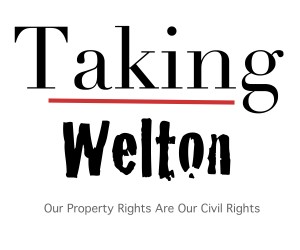Steamboat City Council moves to slow down downtown urban renewal funding talks
“Faced with some concerns from fellow elected officials and a long list of questions of its own, the Steamboat Springs City Council on Tuesday night hit pause on a proposal to use tax increment financing to fund downtown improvements.
More on URA, TIF and BID
Urban renewal authority
#This is the body that oversees redevelopment projects within an area that has been deemed “blighted” or in need of public improvement.
#In Steamboat Springs, the Steamboat Springs City Council acts as the URA, and the project areas are at the base of Steamboat Ski Area and in the downtown corridor.
#Blighted sounds like a really strong word more suited for a ghetto or abandoned street corner, but things like disconnected sidewalks and poor lighting can help an area to earn that blighted designation.
#It is common for URAs to form advisory committees to help them prioritize projects within a project area.
#At the base of the ski area, the Urban Renewal Authority Advisory Committee, or URAAC, makes these funding recommendations.
#The URA has final approval of the annual budget in a project area.
#The URA chooses one of several funding mechanisms to make these projects a reality.
Tax increment financing
#Abbreviated TIF, this is a funding mechanism for public improvement projects like sidewalks, lighting and other infrastructure. It works by diverting future property and sales tax gains from any new development in a project area toward public improvement projects.
#This funding mechanism only captures tax revenue from future development, not the properties and businesses that already exist when a TIF is put in place.
#For example, if a TIF is put in place in downtown Steamboat, any new restaurant that pops up would continue to generate sales tax, but a portion of it could be directed to public improvement projects in the downtown area instead of going straight to the city’s general fund.
#It is not a new tax, it is a redirection of some future tax revenue.
#The use of a TIF does not require an election and can be approved by a vote of a city council.
Business improvement district
#Abbreviated BID, this is a defined area in a city where stakeholders and property owners can choose to tax themselves to generate revenue to fund things like regular maintenance, trash collection and marketing throughout the entire district.
#This is how those maintenance workers and trash collectors you see at Cherry Creek North and on the 16th Street Mall in Denver are funded.
#A funded BID cannot pay for things like major infrastructure improvements and the construction of sidewalks, however.
#There currently is a BID in place in downtown Steamboat, but it is not funded.
#A previous attempt to fund it with a property tax failed by just a handful of votes.
#Downtown stakeholders will be asked in the fall to vote on whether they would like to pay more in property tax to fund their BID.
#”This is a huge deal,” council member Kenny Reisman said. “I’m not desiring to move at a snail’s pace. At the same time, I think it will be a very challenging item to approve if it’s rushed.”
#The city is proposing to capture some future sales and property tax growth from new development in the downtown corridor and use it on improvement projects like new sidewalks and better lighting.
#The idea would be to invite and promote new private development downtown by improving the public infrastructure there.”
Franz, Scot. Steamboat Today 5 August 2014.
